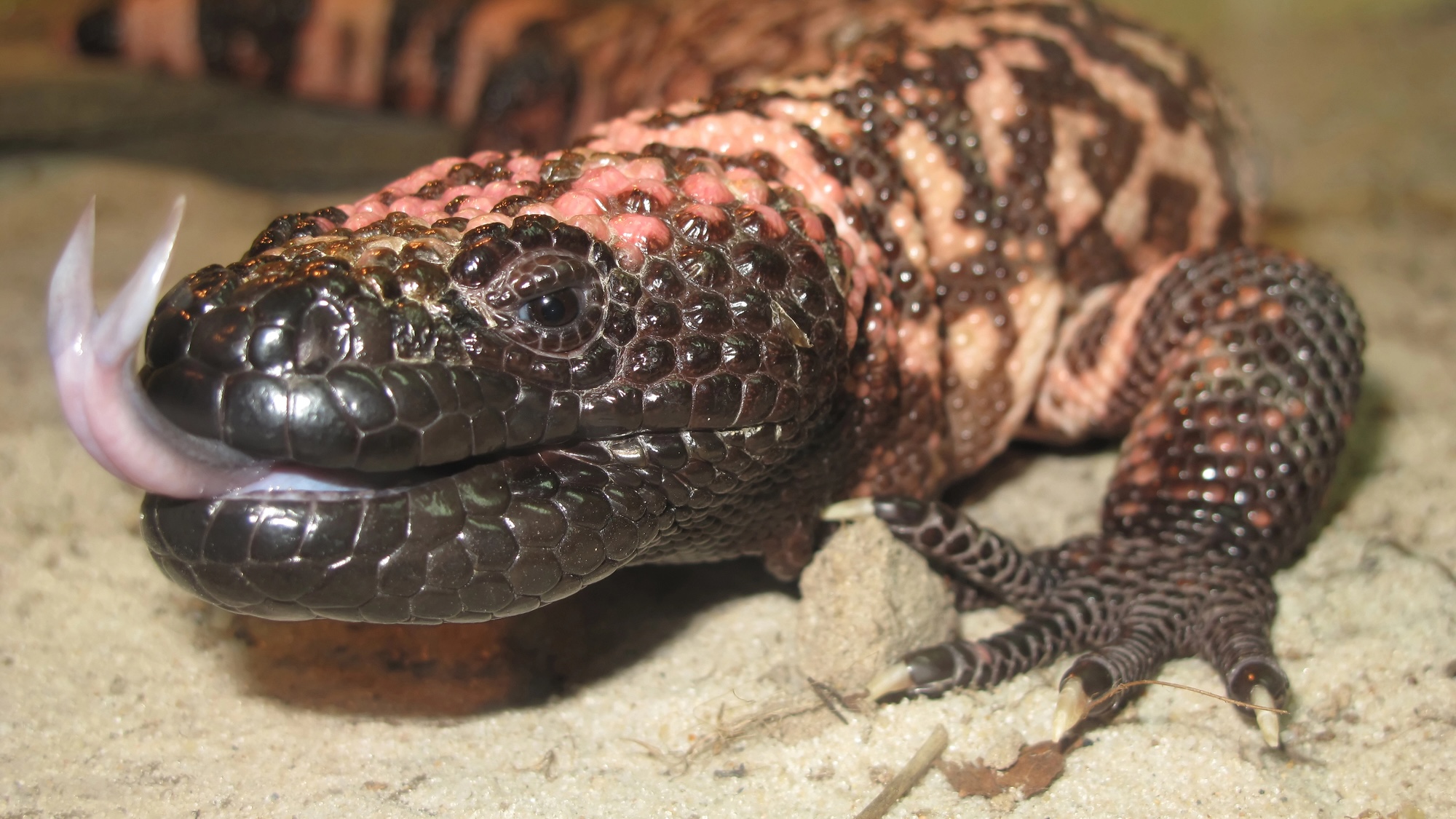Gadgets
Gila monster spit inspired a new way to detect rare pancreatic tumors

Gila monsters are unique lizards, both in terms of their physical appearance and chemical capabilities. Their distinctive bumpy, pink and black scales, compact body, and short tail make them easily recognizable. In addition to their appearance, they are one of only two known lizard species that can produce venom. While a bite from a Gila monster containing neurotoxic venom is rarely fatal, it can cause significant pain, swelling, nausea, and vomiting. Interestingly, the saliva of the Gila monster also contains a substance that shows promise in detecting hard-to-find pancreatic tumors.
Insulinomas are small tumors that can develop in the pancreas, affecting the production of insulin by beta cells. Although these tumors are usually benign, they can lead to low blood sugar levels due to excessive insulin production. This poses a challenge for individuals with diabetes, as it can result in fatigue and fainting. Detecting insulinomas, which are typically less than an inch in size, has been difficult until the development of a new PET scan technique that utilizes the chemical properties of Gila monster saliva.
Prior to this innovative approach, identifying patients with insulinomas was a complex and time-consuming process for medical professionals.
Marti Boss, the lead author of a recent study published in The Journal of Nuclear Medicine, emphasized the complexity of diagnosing insulinomas. Traditional methods such as blood tests and imaging scans often fall short in identifying these tumors.
The introduction of a novel PET scan utilizing a synthetic version of a component found in Gila monster saliva has revolutionized the detection of insulinomas. By combining this synthetic substance with a radioactive tracer, researchers achieved a 95% accuracy rate in identifying these tumors, significantly improving upon the previous detection methods.
Looking ahead, the research team aims to explore the therapeutic potential of this new scan and implement it in medical settings to benefit patients with insulinomas.
“The new scan has the potential to replace existing methods and provide better outcomes for patients,” Boss stated. “All patients who underwent surgery following the scan were completely cured, even after years of suffering from the disease.”
Please rewrite this sentence.
-

 Destination8 months ago
Destination8 months agoSingapore Airlines CEO set to join board of Air India, BA News, BA
-

 Breaking News10 months ago
Breaking News10 months agoCroatia to reintroduce compulsory military draft as regional tensions soar
-

 Gadgets3 months ago
Gadgets3 months agoSupernatural Season 16 Revival News, Cast, Plot and Release Date
-

 Tech News12 months ago
Tech News12 months agoBangladeshi police agents accused of selling citizens’ personal information on Telegram
-

 Productivity11 months ago
Productivity11 months agoHow Your Contact Center Can Become A Customer Engagement Center
-

 Gadgets3 weeks ago
Gadgets3 weeks agoFallout Season 2 Potential Release Date, Cast, Plot and News
-

 Breaking News10 months ago
Breaking News10 months agoBangladesh crisis: Refaat Ahmed sworn in as Bangladesh’s new chief justice
-

 Toys12 months ago
Toys12 months ago15 of the Best Trike & Tricycles Mums Recommend























